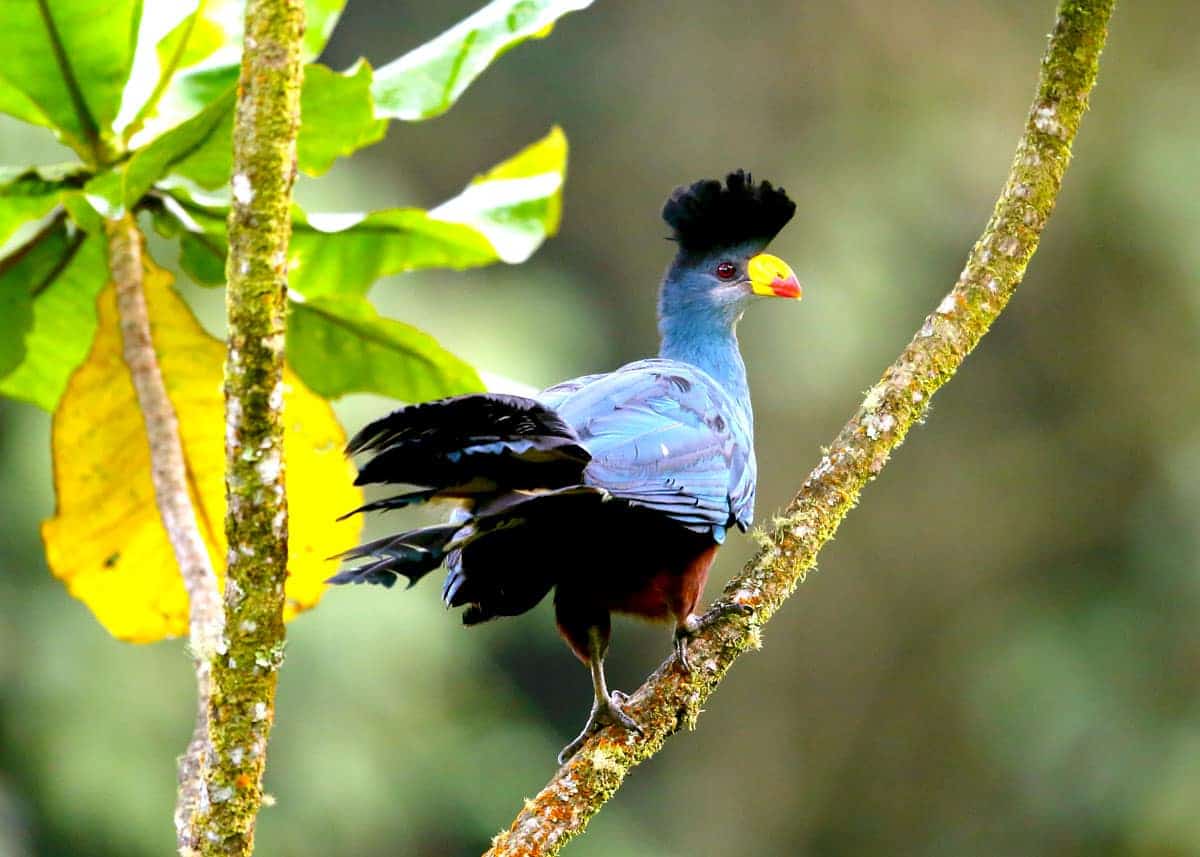The unique and captivating appearance of the Great Blue Turaco sparks concerns about its preservation and value as a bird species in the rainforests of West Africa.
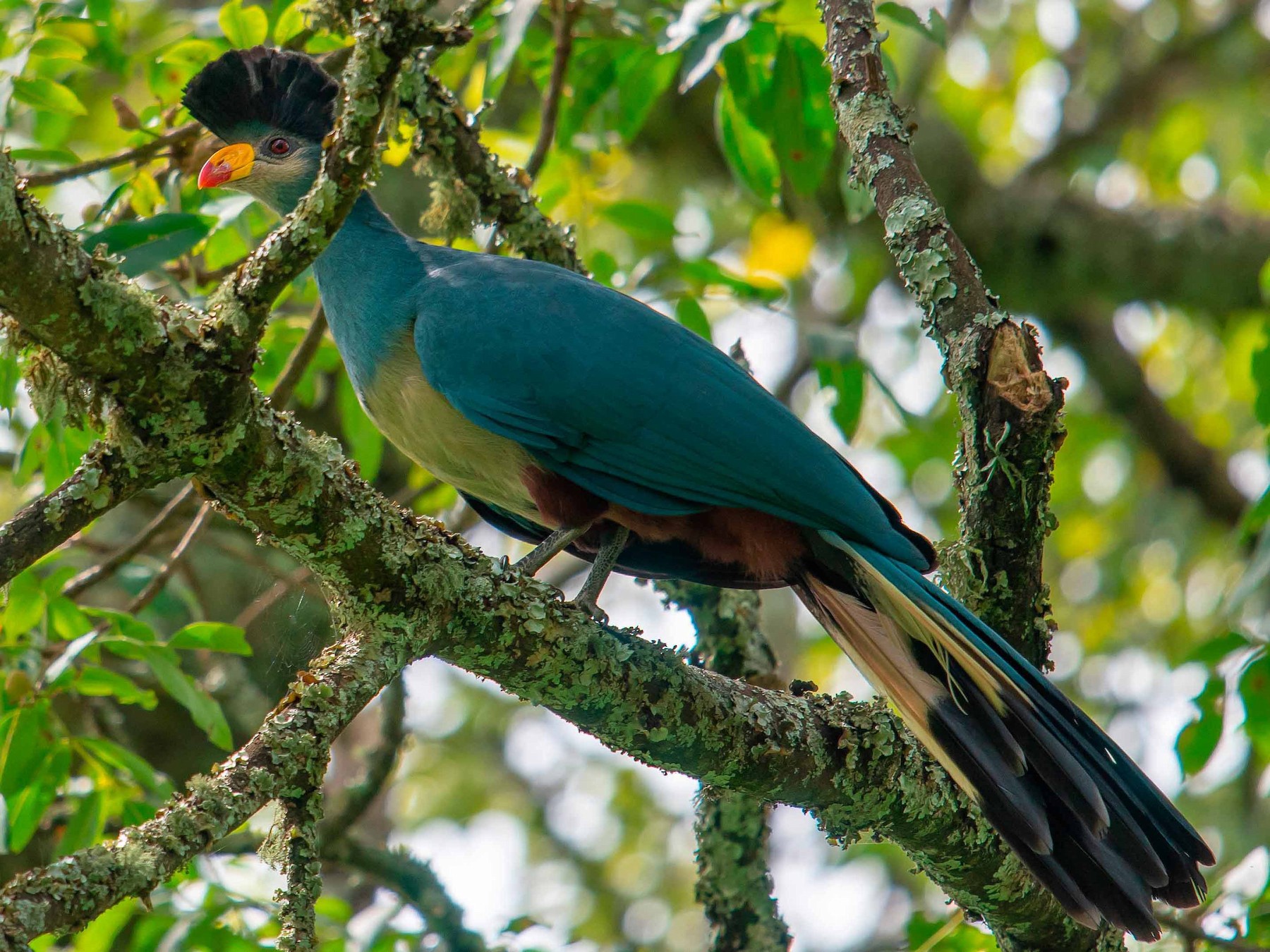
The West African rainforests are home to a unique and striking bird species known as the Great Blue Turaco (Corythaeola cristata). This large bird boasts bright blue plumage and a distinctive red bill, as well as a white eye ring and black patch on its wings. Not only is it a visually impressive creature, but it also plays an important role in the rainforest ecosystem by aiding in the dispersal of seeds for various fruit-bearing trees in the region.
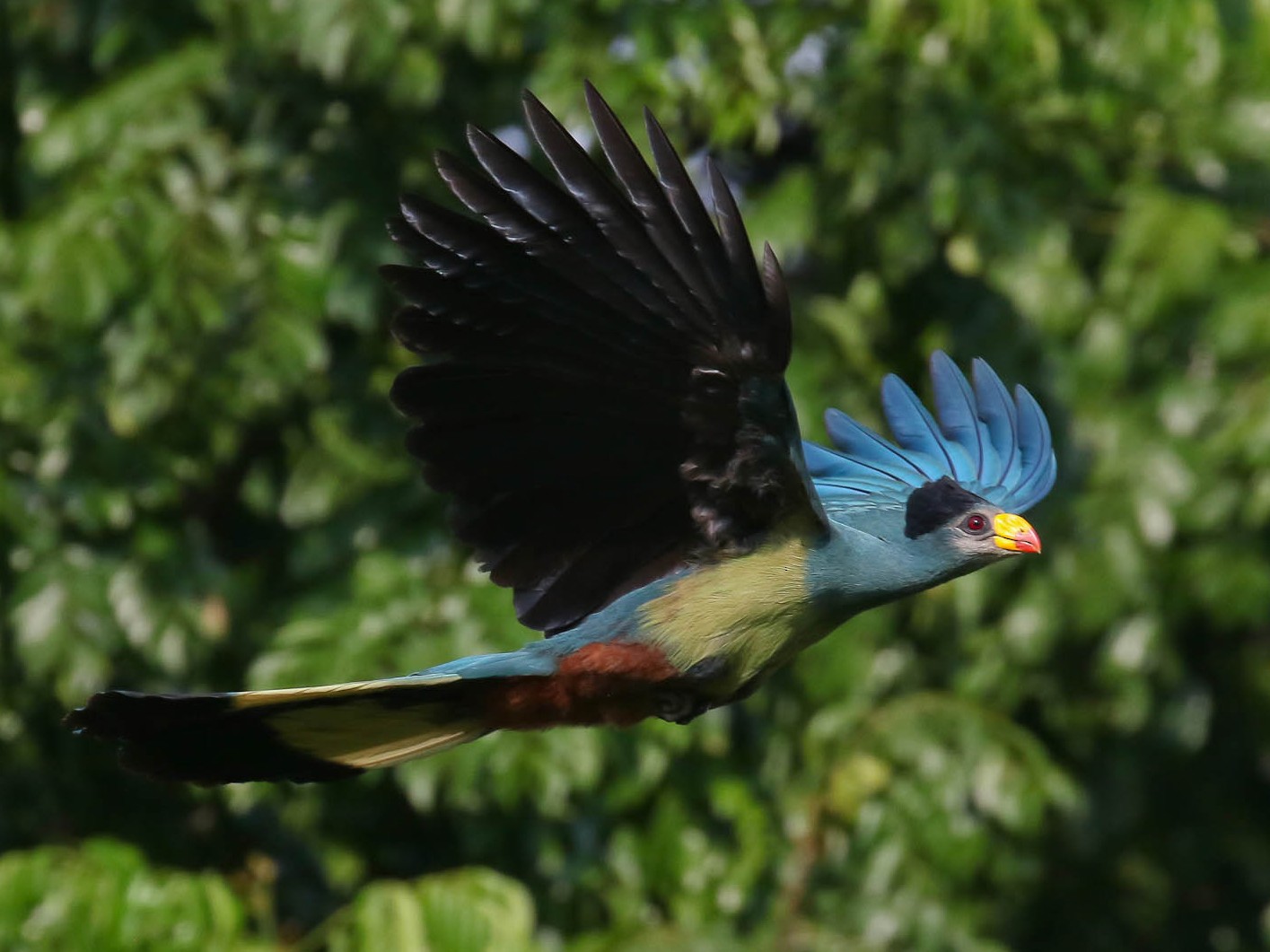
They are commonly found in humid tropical rainforests and forested savannas in countries like Nigeria, Cameroon, and Gabon. These birds usually live in small groups and are often seen moving within sight. The Great Blue Turacos mainly feed on fruits, particularly those of the African star apple, pear, and other fruit varieties. They play a crucial role in seed dispersal and maintaining biodiversity in the forests.
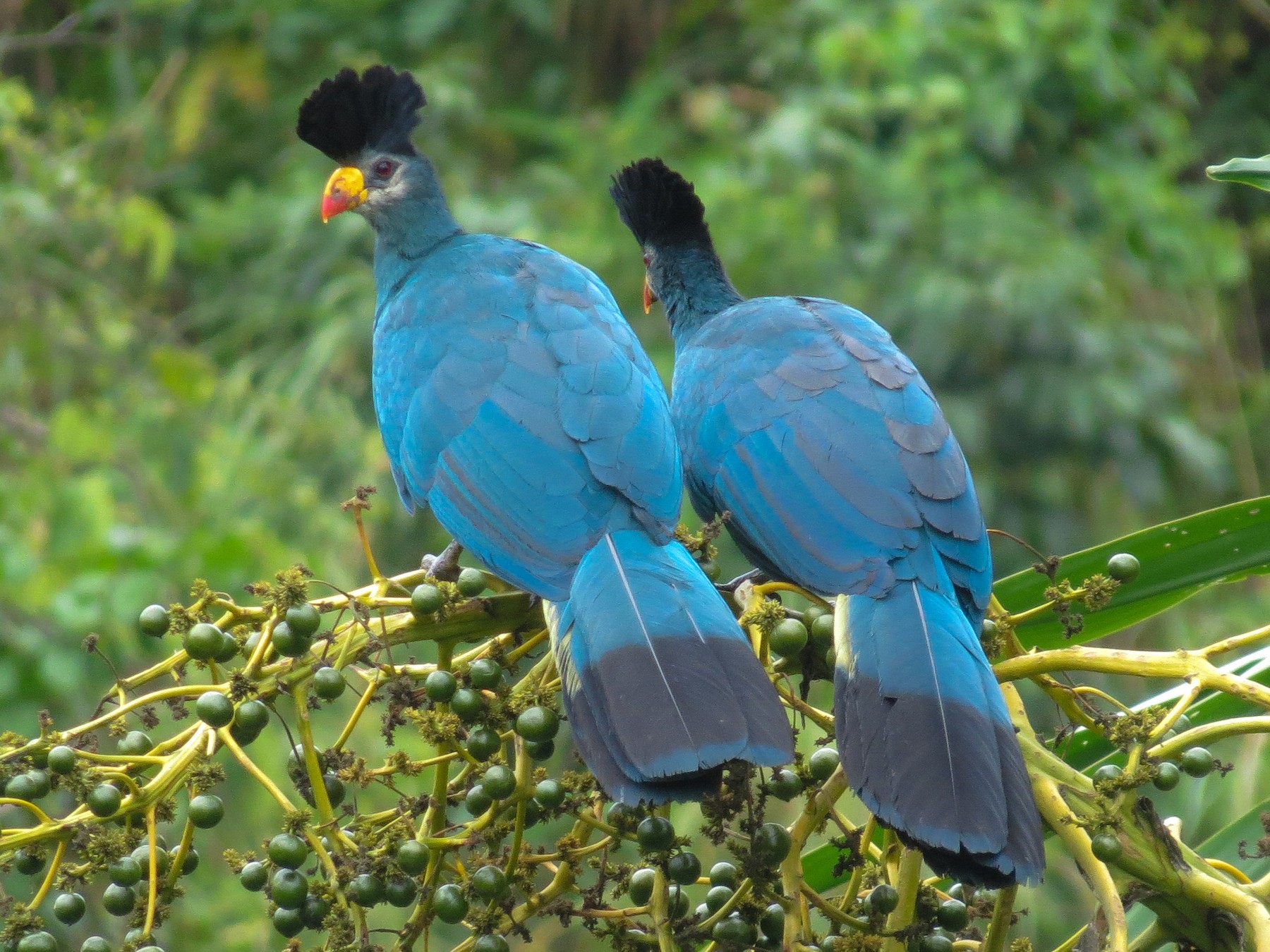
Although the Great Blue Turaco is a rare and valuable bird, it is currently facing several challenges. These include the loss of its natural habitat due to deforestation and land conversion, as well as illegal hunting. Additionally, the species is being impacted by the widespread decline of tropical rainforests, which is a global phenomenon.
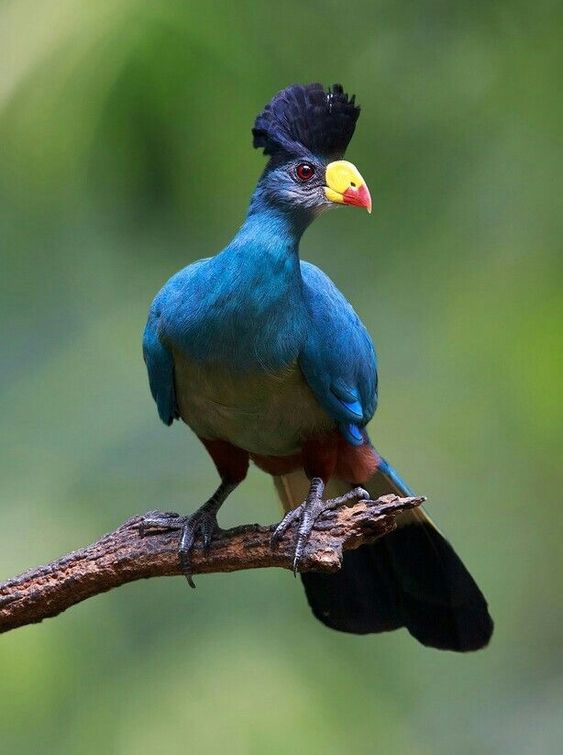
Various conservation organizations and researchers are working hard to safeguard the Great Blue Turaco and its natural environment. This involves creating protected regions and keeping track of the presence of this particular species in the wild. Furthermore, education and awareness programs aimed at local communities are vital in conservation efforts, emphasizing the significance of preserving the valuable Great Blue Turaco.
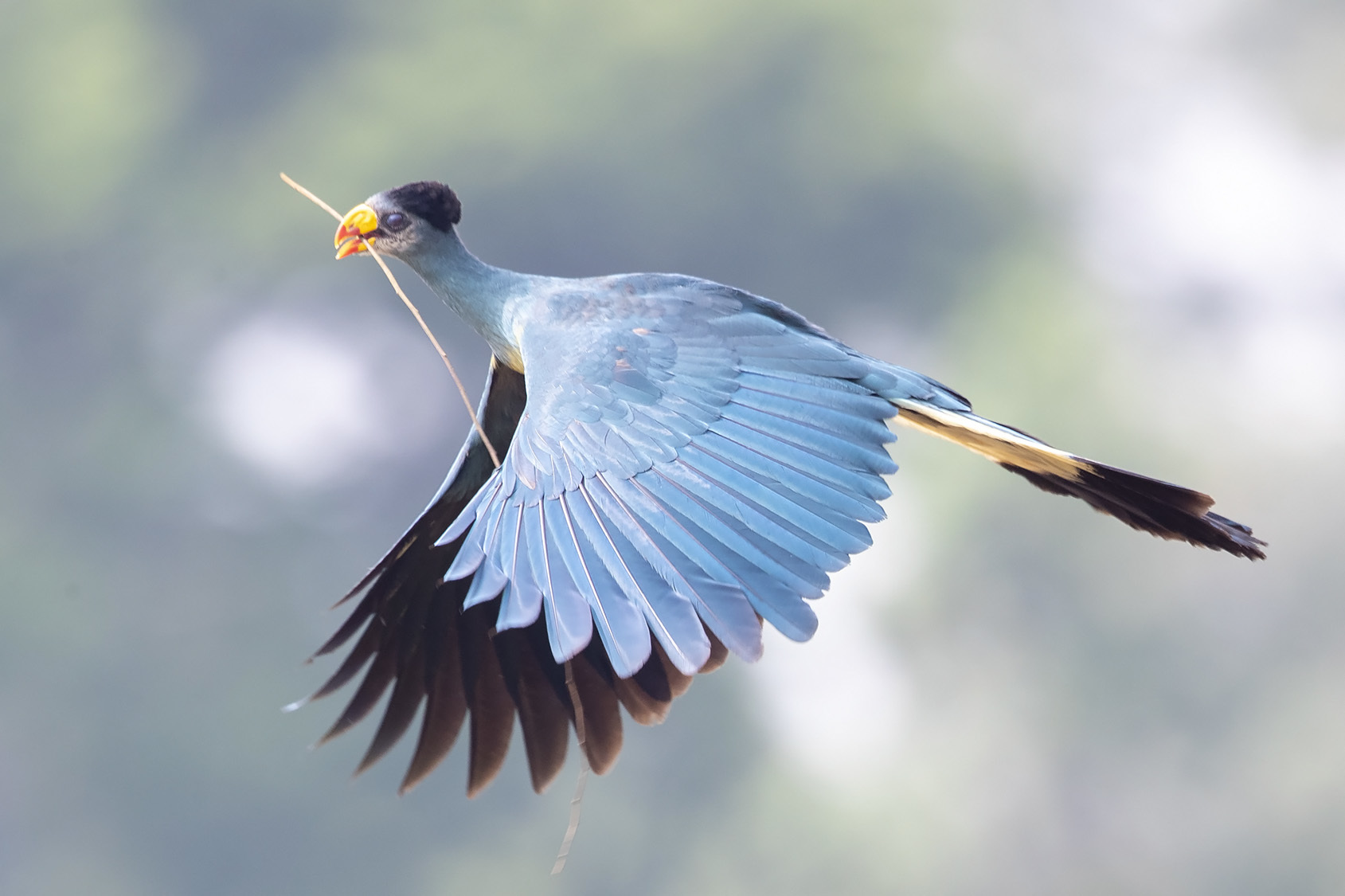
The Great Blue Turaco is not just any bird; it plays a crucial role in the West African tropical rainforest ecosystem. However, protecting this unique species and their habitat requires cooperation and effort from conservation communities worldwide. By doing so, we can ensure that the Great Blue Turaco continues to flourish and remains an integral part of the natural beauty of our planet.
